Seeing "strange" so shopping a lot?
The 2022 Statistical Yearbook of the General Statistics Office shows that the average spending per Filipino visitor to Vietnam is 2,257.8 USD, leading the 10 international visitor markets with the highest spending in 2019. Compared to the average spending per international visitor to Vietnam (1,151.7 USD), Filipino visitors spend twice as much. This is quite a surprising result because even during the golden period of Vietnam tourism before the Covid-19 pandemic, the Philippines was never considered a potential market because the number of visitors was quite modest.
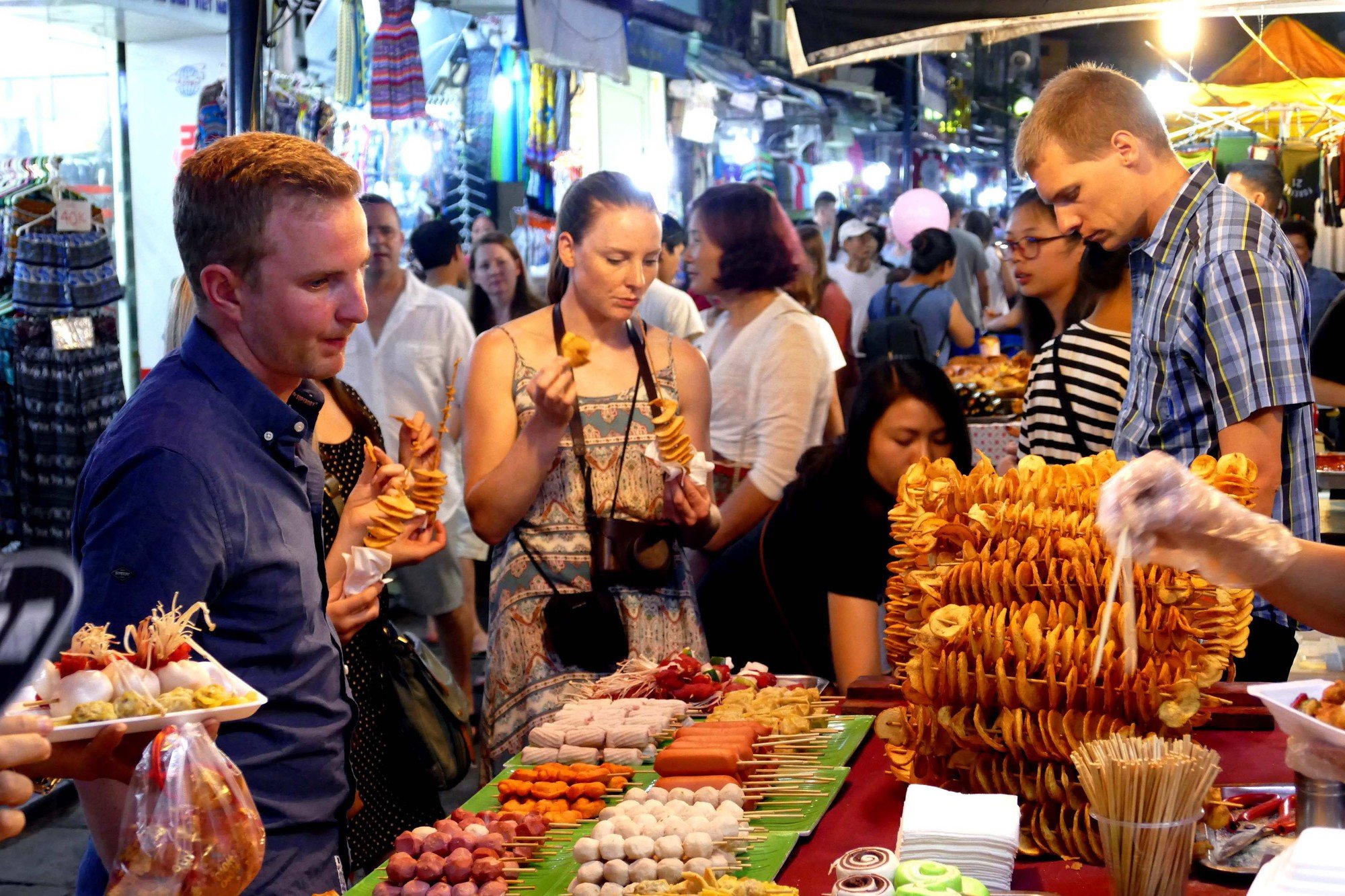
Visitors to Vietnam mainly just eat and sleep, there is no place to spend money or shop.
Of the 13 million international tourists to Vietnam in 2017, only 133,543 came from the Philippines. In the first 8 months of 2018, the number of tourists from this country to Vietnam increased by 12% over the same period, reaching 96,893, but it was still very small compared to the number of ASEAN tourists in general to Vietnam, as well as the number of Filipino tourists traveling abroad. Notably, the list of 10 countries that are the top destinations for Filipino tourists (including the number of visitors and spending) announced by the country's Ministry of Tourism in 2019 also did not include Vietnam. Before the pandemic, Filipinos spent more than 8.2 billion USD on overseas tourism activities, equivalent to Vietnamese people, but the countries that benefited the most were South Korea (welcoming nearly 2 million Filipino tourists). Japan ranked 2nd in the group of destinations where Filipinos spent the most with 682,788 visitors from this island nation. The United States ranked third with 611,791 visitors.
Thus, while Vietnam's largest markets, China, South Korea, and Thailand, are at the bottom of the spending rankings, the Philippines, an almost "unrelated" market, is leading.
Quite surprised by the above results because having monitored the tourism industry for decades, Associate Professor, Dr. Pham Trung Luong, former Deputy Director of the Institute for Tourism Development Research, found that on average internationally, the US and Nordic countries are the groups of tourists who spend the most. The Philippine market is still quite new to Vietnam. Therefore, it is necessary to first review the investigation and statistics work. This activity of the tourism industry has had many problems so it can lead to inaccurate results. Statistics must follow a long chain, with a large enough representative sample to be reliable. If only taken at a few points in time or calculated in a fairly small range, the data may not be accurate. However, Mr. Pham Trung Luong also does not rule out the possibility that because Vietnam is a new destination for the Philippines, they find everything new, strange, and "interesting" so they will spend more on shopping and eating. Meanwhile, large markets, traditional markets are too familiar so there are not many things attractive for them to spend anymore.
From another perspective, Mr. TH, director of a travel company in Ho Chi Minh City, affirmed that the Philippines is a potential new tourist market that Vietnam should pay attention to exploiting. "We just organized a tourism promotion delegation in the Philippines more than a month ago and they were very excited to see Vietnam's tourism resources. It is true that they used to go to the US and Korea a lot, but now they have started to know about Vietnam. In the Philippines, the standard of living is very expensive, the cost of living is high, so when they come to Vietnam, they see many strange and cheap things, they like it. Filipinos are willing to spend a lot of money on Vietnamese cuisine and souvenirs. The statistics are average spending per capita, so I think that figure is accurate," said Mr. TH.
The "key" is the product and the link.
Looking back at the statistics of tourists' spending when coming to Vietnam, Associate Professor, Dr. Pham Trung Luong sighed with regret when the spending on shopping is on the decline. This is a huge waste because shopping is one of the needs of tourists, especially women. According to him, the question of how to "pick the wallet" of tourists has been raised for more than a decade, especially since 2016, when the number of tourists coming to Vietnam increased dramatically, but sadly, the answer is there but no unit has really started to implement it.
Specifically, experts and businesses in the industry have repeatedly affirmed that Vietnam needs to have integrated shopping centers with a variety of goods and services, and needs to build entertainment complexes such as casinos, duty-free shopping areas, and convenient tax refund policies for tourists... but until now there is still no legal corridor for all of the above products. Chinese tourists like to gamble so they need casinos but Vietnam does not have them; Thai and Korean tourists like to buy branded goods so they need duty-free zones, factory outlet areas, which Vietnam does not have either... Products are monotonous and do not match the "taste" of the market, so Vietnam remains sluggishly in the low-spending market category.
In the chain of sustainable tourism development, travel agencies are a very important link but currently they do not benefit from it even though there are many visitors. Then the tour prices are high, visitors complain, travel agencies have to cut costs or "demand" airlines and hotels to reduce prices. If this continues, the tourism industry ecosystem will "drown" together.
A travel expert
"Tourism products must still be the most important factor. No matter how much the product is open, no matter how much customers come, they won't want to come, and if they come, they won't spend. New markets spend a lot because it's new, but after 1-2 times, if there's nothing new, they'll close their wallets again. If many customers come but spend little, the consequences will be huge, wasting tourism resources but local people won't benefit. The power to spread economic growth of the tourism industry will no longer be effective," Associate Professor, Dr. Pham Trung Luong warned.
Recalling the exaggeration that travel company leaders often tell each other, "If a tourist comes to Vietnam and brings 5,000 USD, when they return, they will have 4,999 USD left," a tourism expert laments: "Wherever Vietnamese people go, they quickly exchange money, swipe their cards, buy big suitcases, pack small boxes to carry their purchases, "donating" money to other countries; yet, tourists coming to Vietnam have no place to spend their money. This must be called the pain of the tourism industry, and if not quickly resolved, the consequences will be huge." According to this expert, it is not only urgent to "fill" the void of shopping tourism with entertainment complexes that "do not know day or night" like Marina Bay, Sentosa in Singapore or Las Vegas (USA), the tourism industry also needs to build a professional linkage model to together "force" tourists to voluntarily withdraw the last coins in their pockets.
For example, Thailand can reduce tour prices to only 500 USD/person thanks to the close connection from the policy-making agency to travel companies, restaurants, hotels... Airlines will "join hands" with travel companies to reduce ticket prices, take customers to duty-free shopping centers, entertainment complexes. For each group of customers, the duty-free shop business unit will compensate the commission (about 10%) for the travel company. Korea and Japan are also implementing this model very well. Tour programs in Korea, Japan, Thailand... even to a small province will have a schedule to visit shopping centers and duty-free shops. Travel companies are very excited to take Vietnamese customers because the customers really have a need to shop, and the companies get commissions. Meanwhile, in Vietnam, there are no large shopping and entertainment centers, no place to take customers to spend money, so travel companies are not interested in attracting international visitors.
Source link



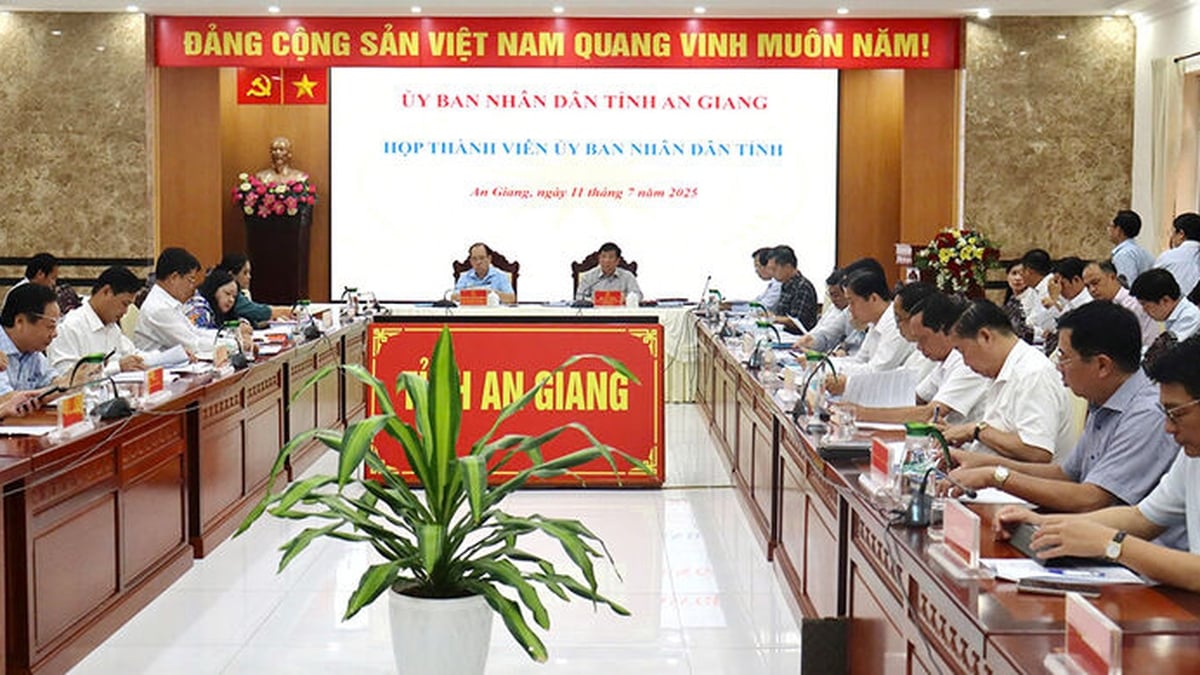





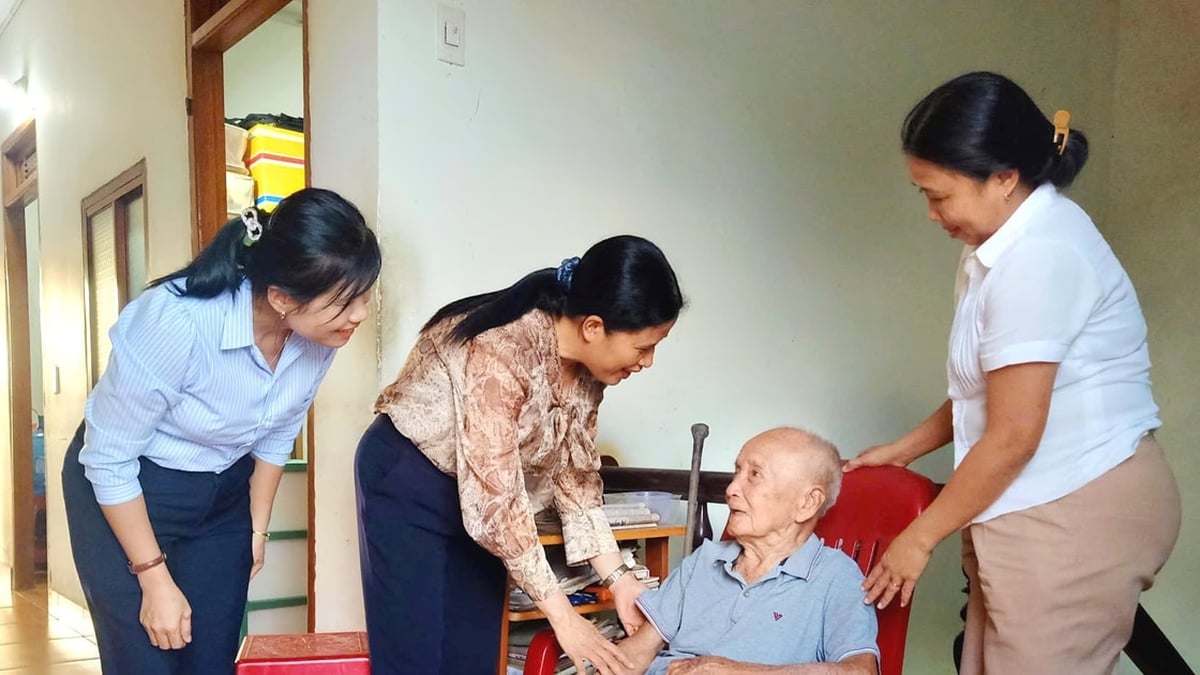

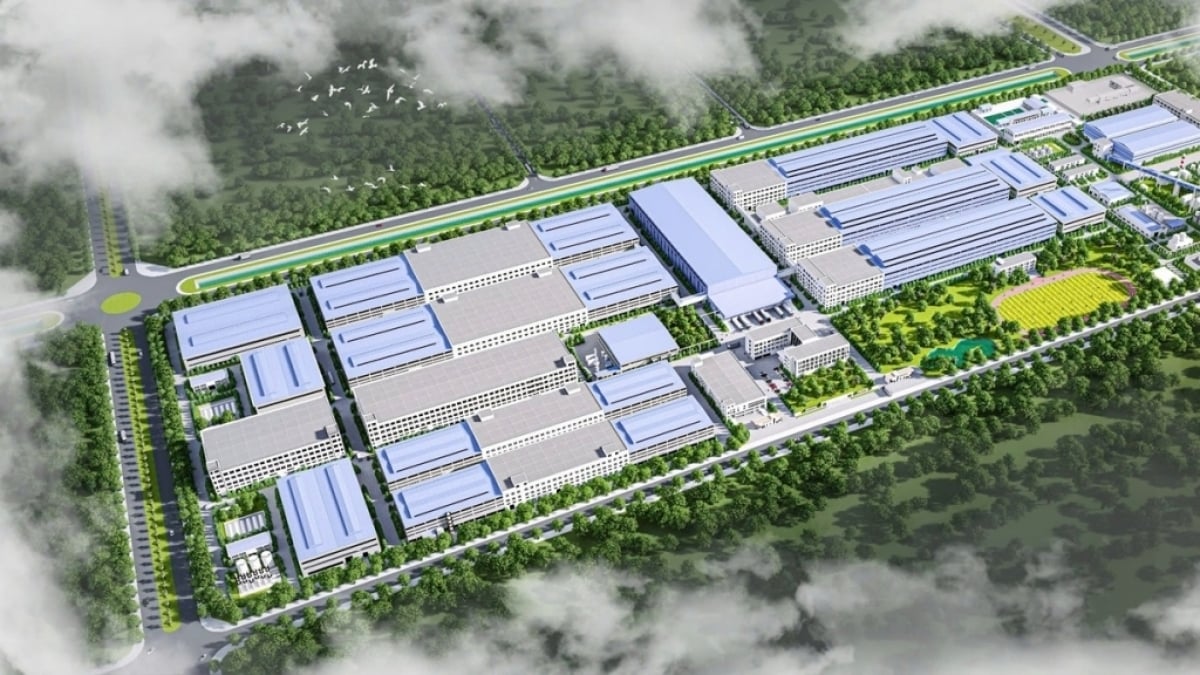

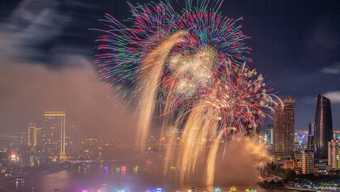


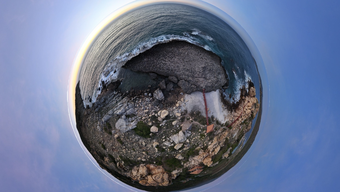




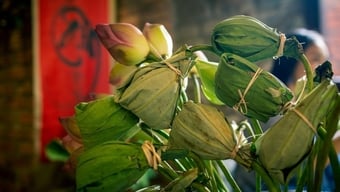


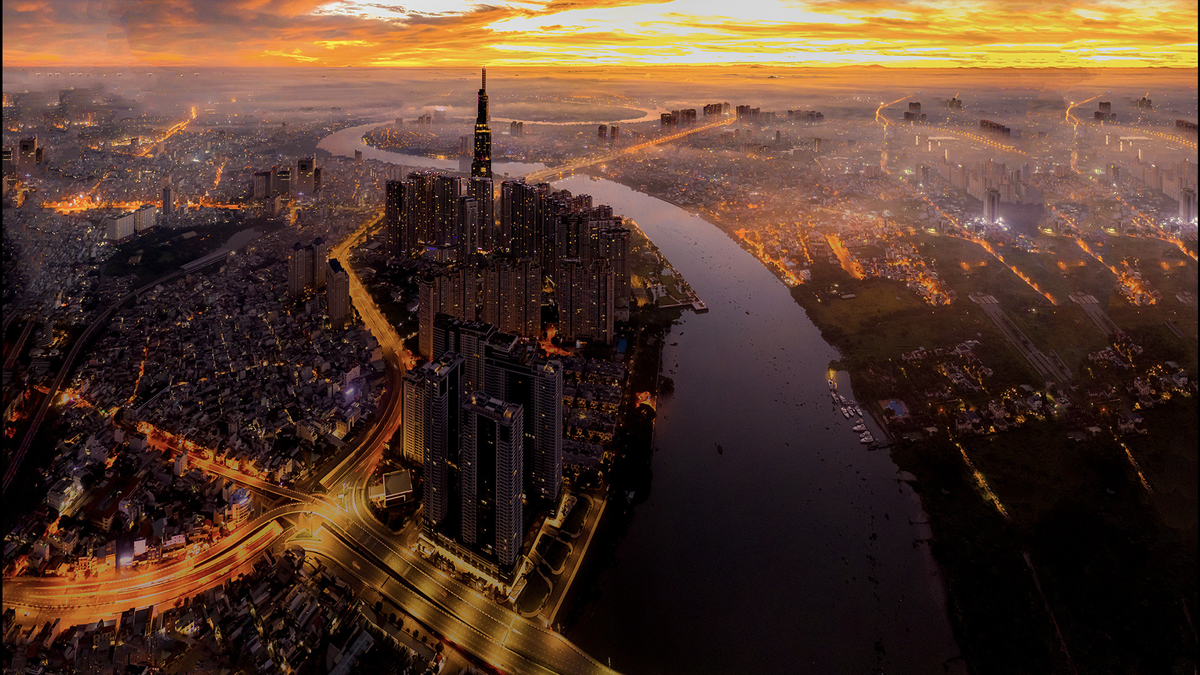

![[Photo] Gia Lai provincial leaders offer flowers at Uncle Ho's Monument with the ethnic groups of the Central Highlands](https://vphoto.vietnam.vn/thumb/1200x675/vietnam/resource/IMAGE/2025/7/9/196438801da24b3cb6158d0501984818)
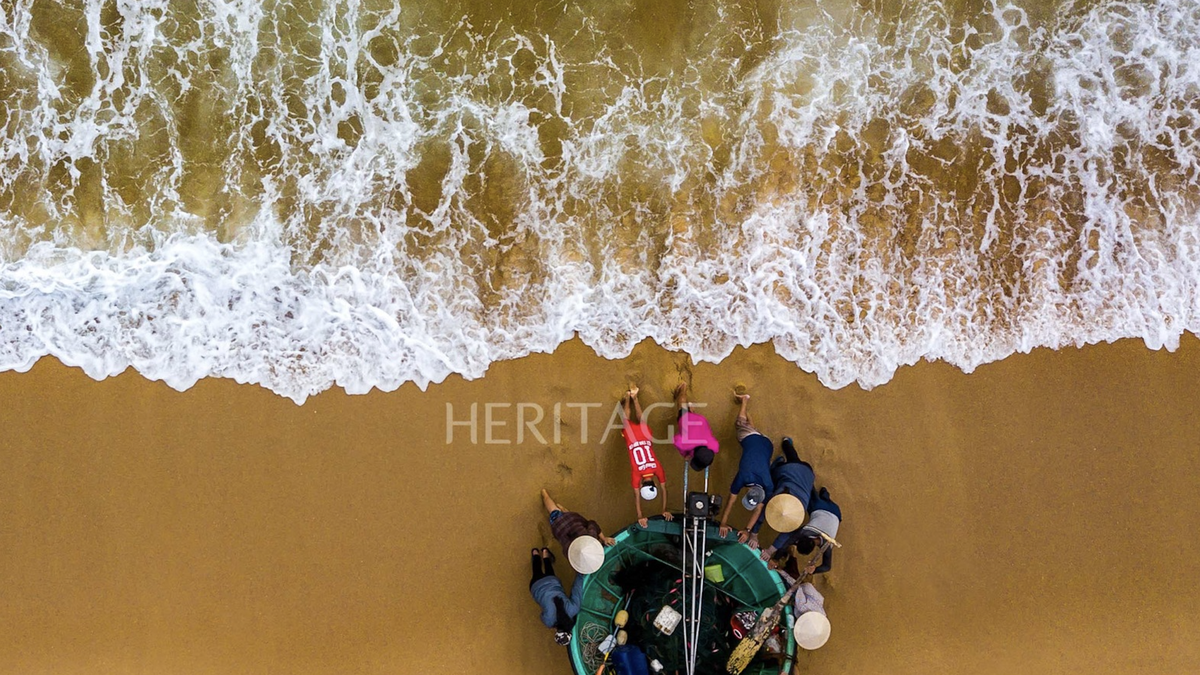
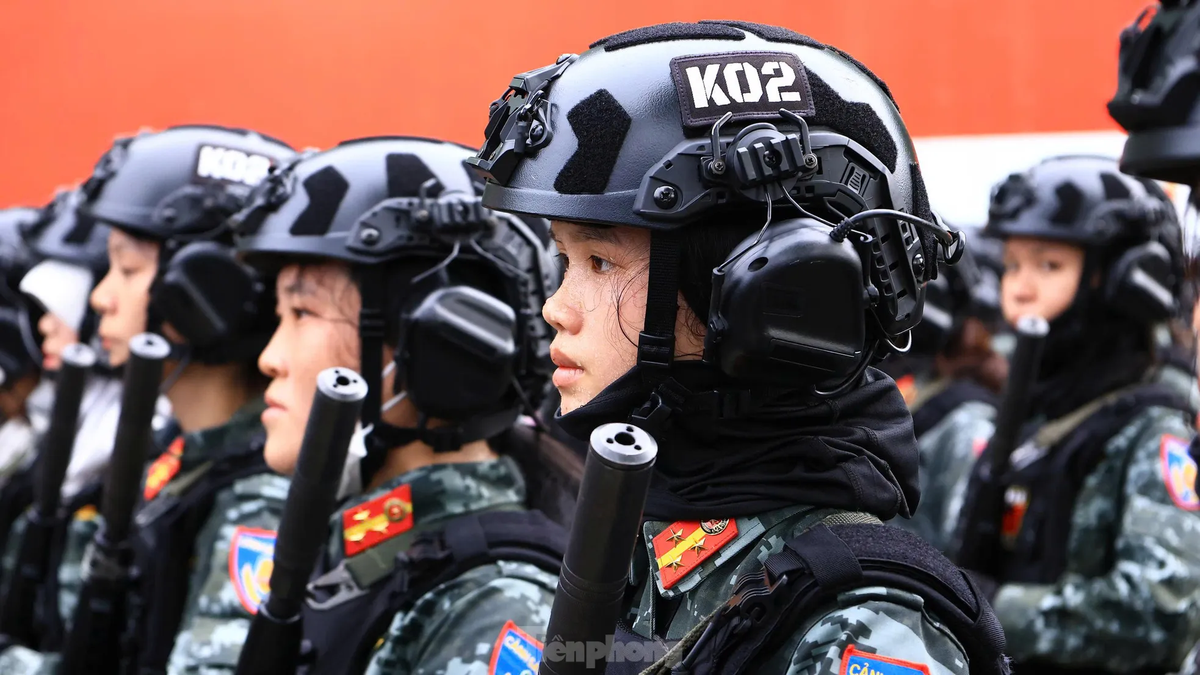

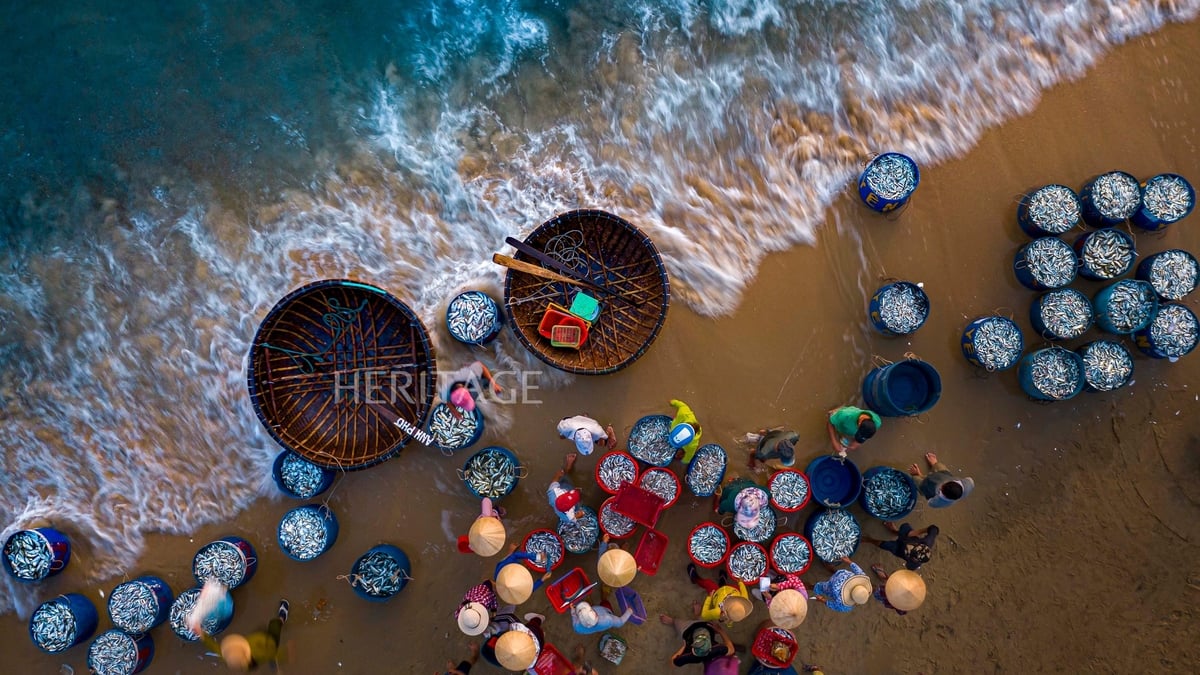





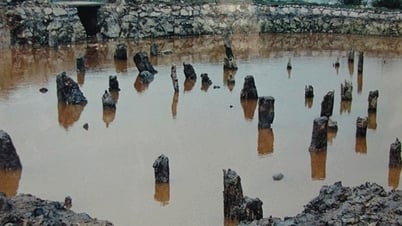

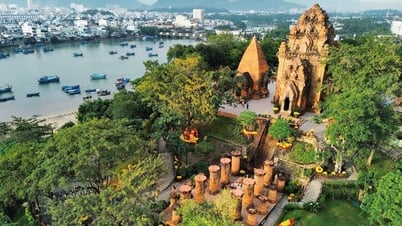


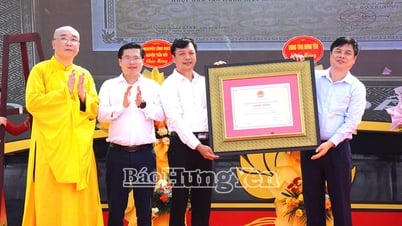

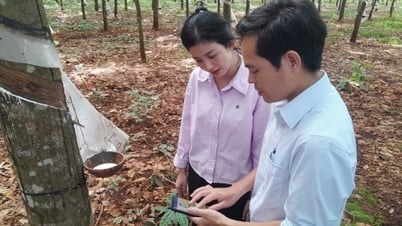

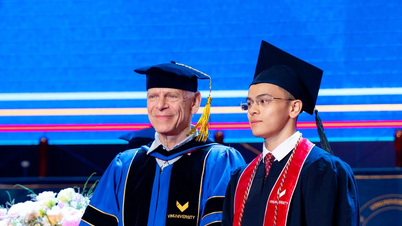




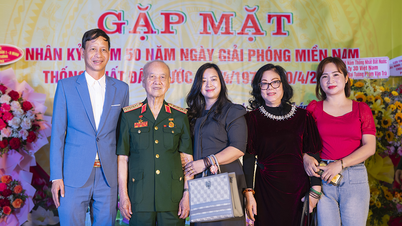



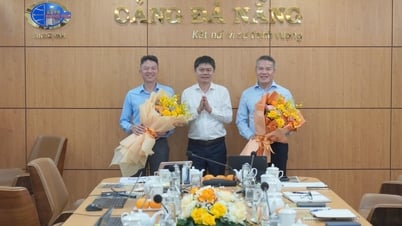

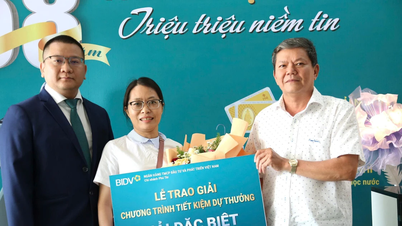

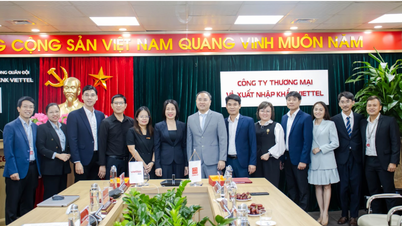
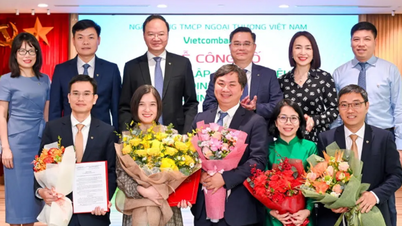

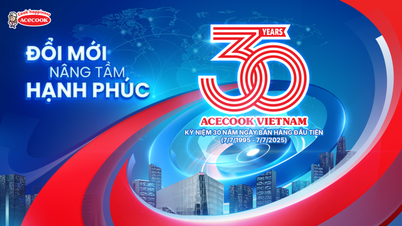








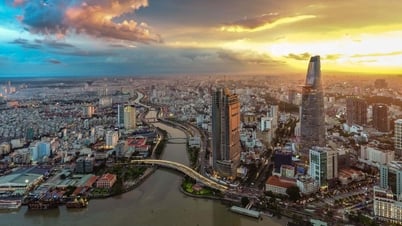


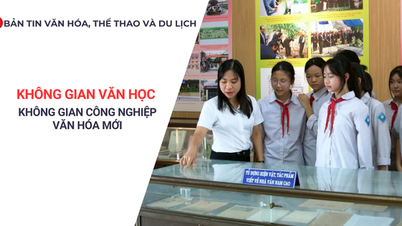


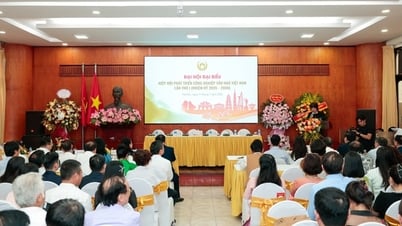
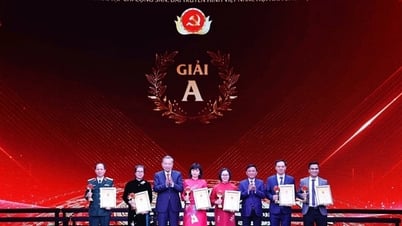
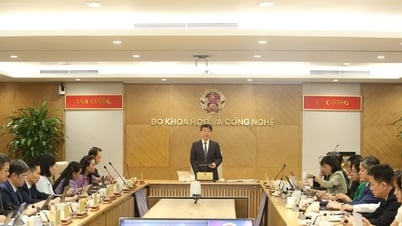

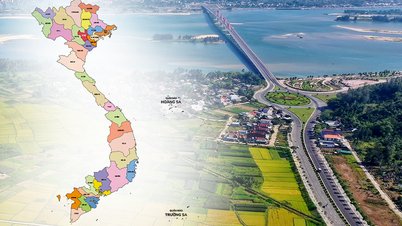


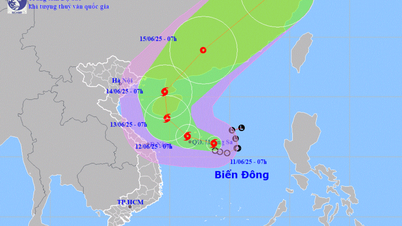

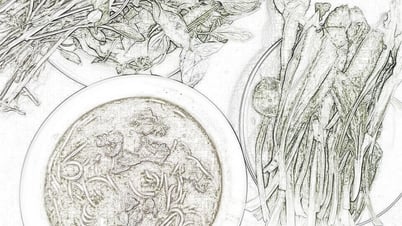
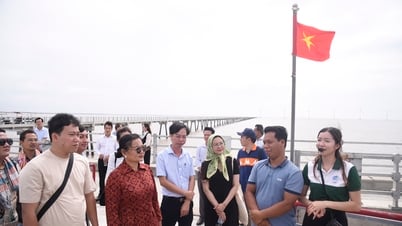






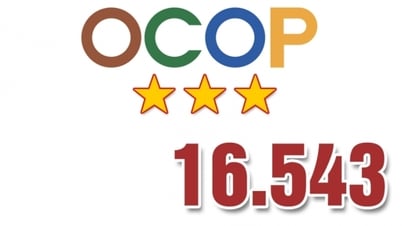
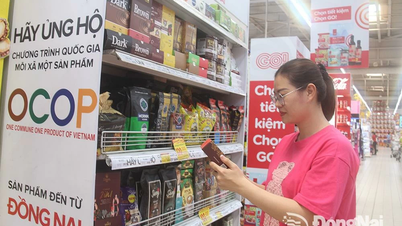





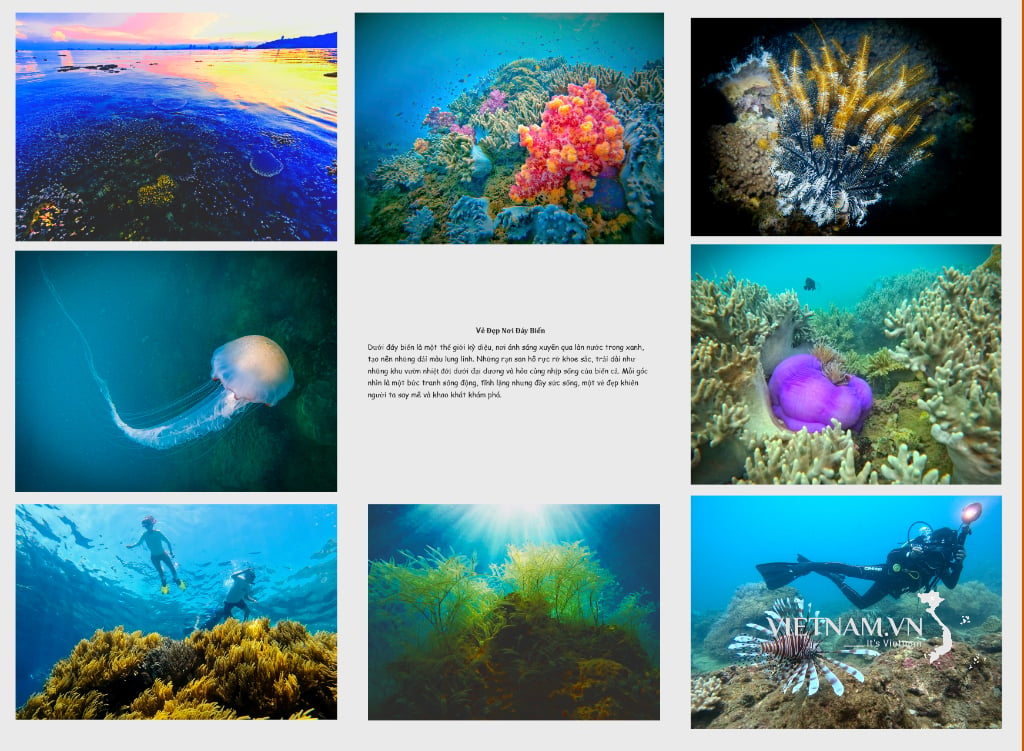
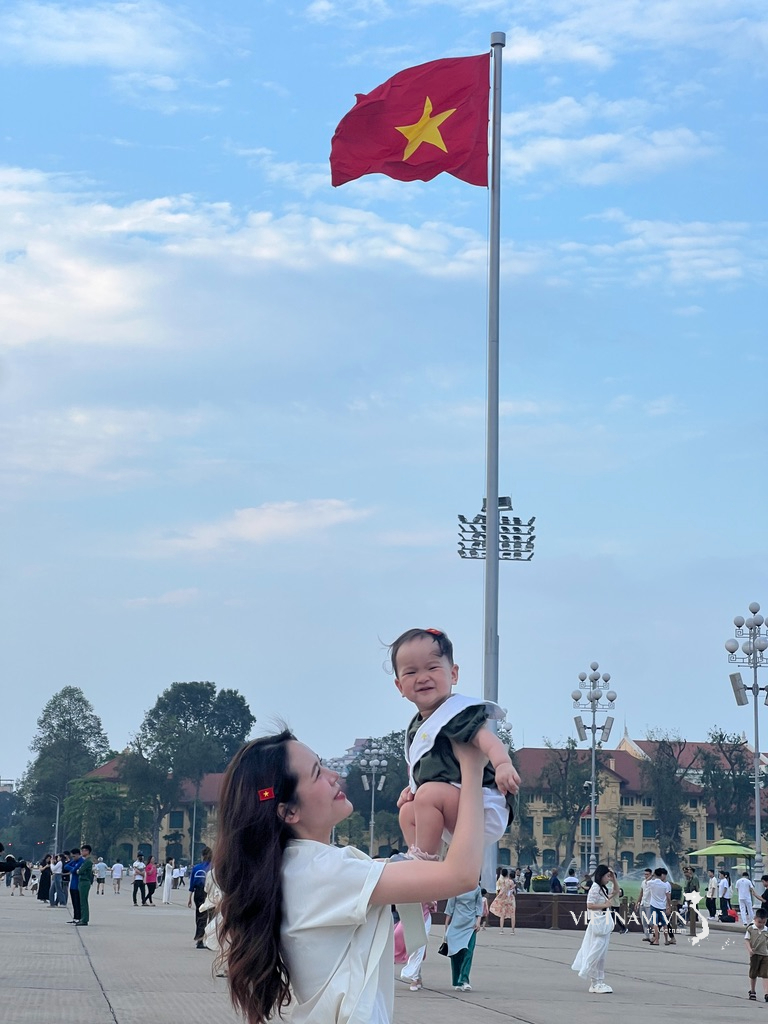
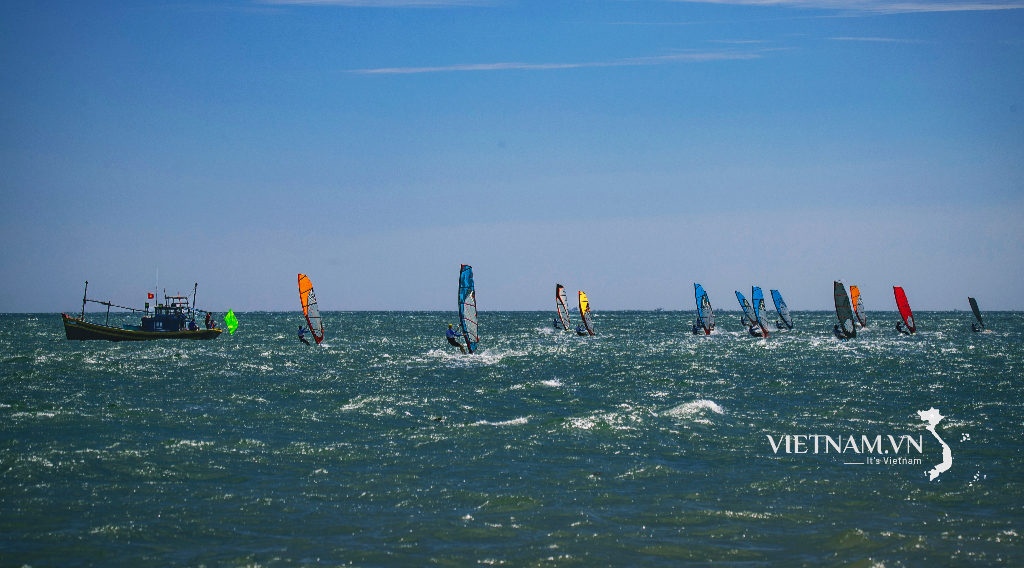
Comment (0)